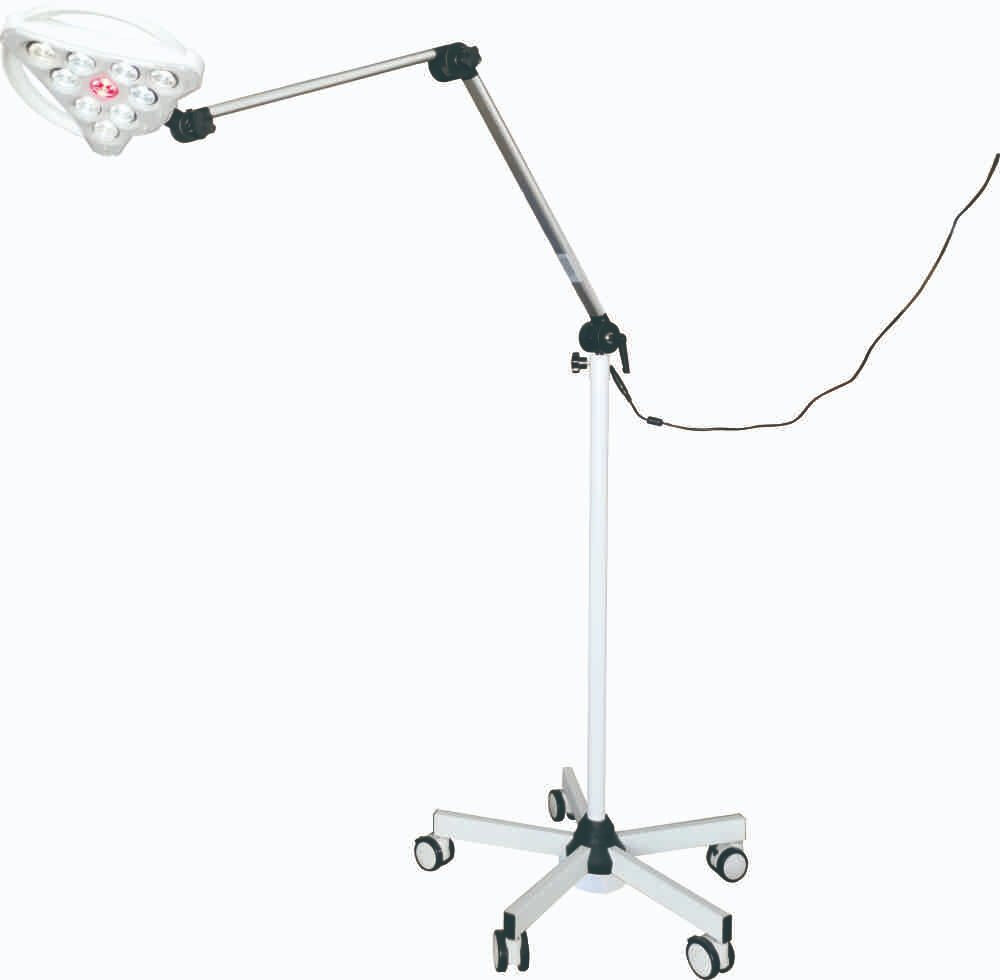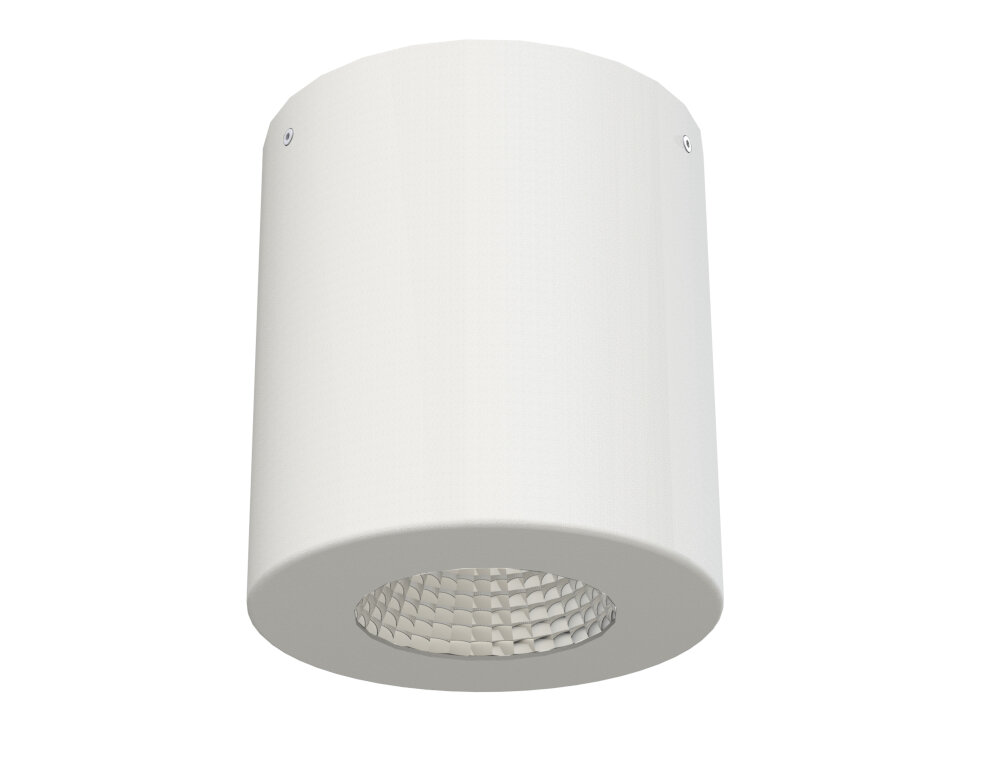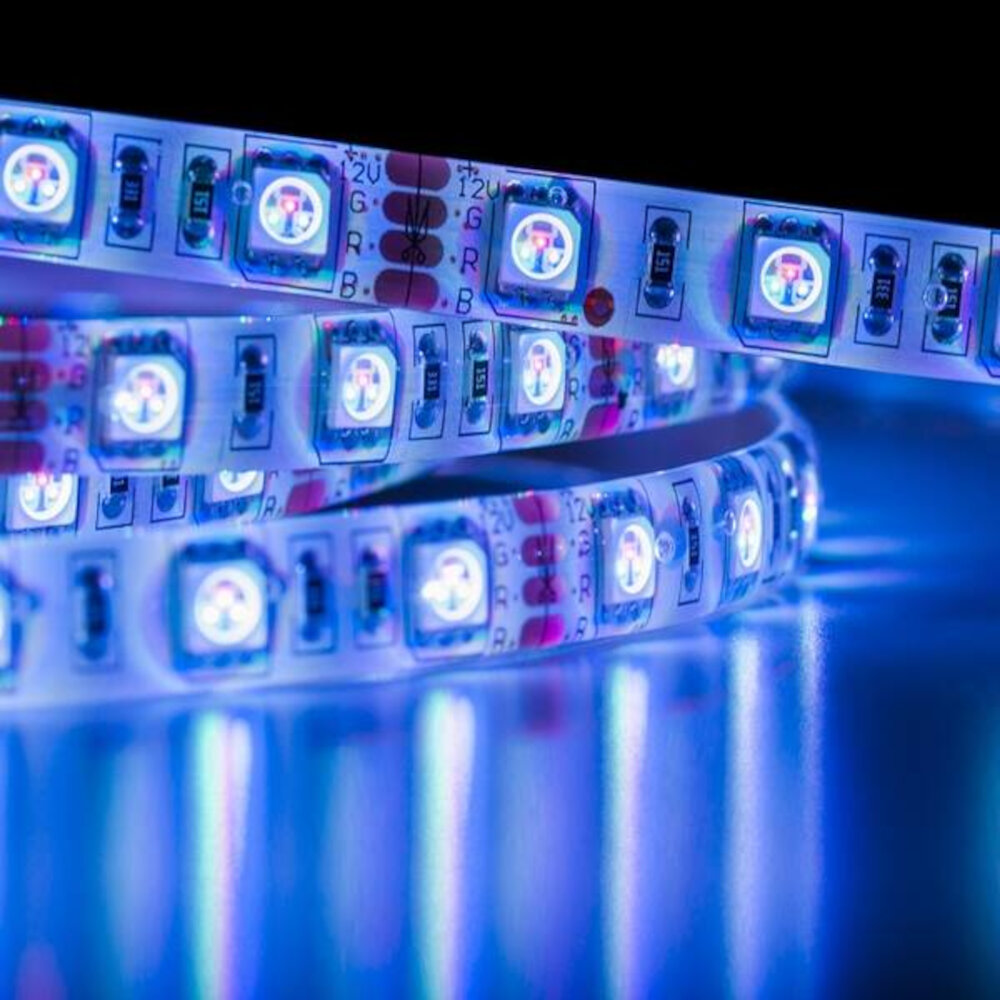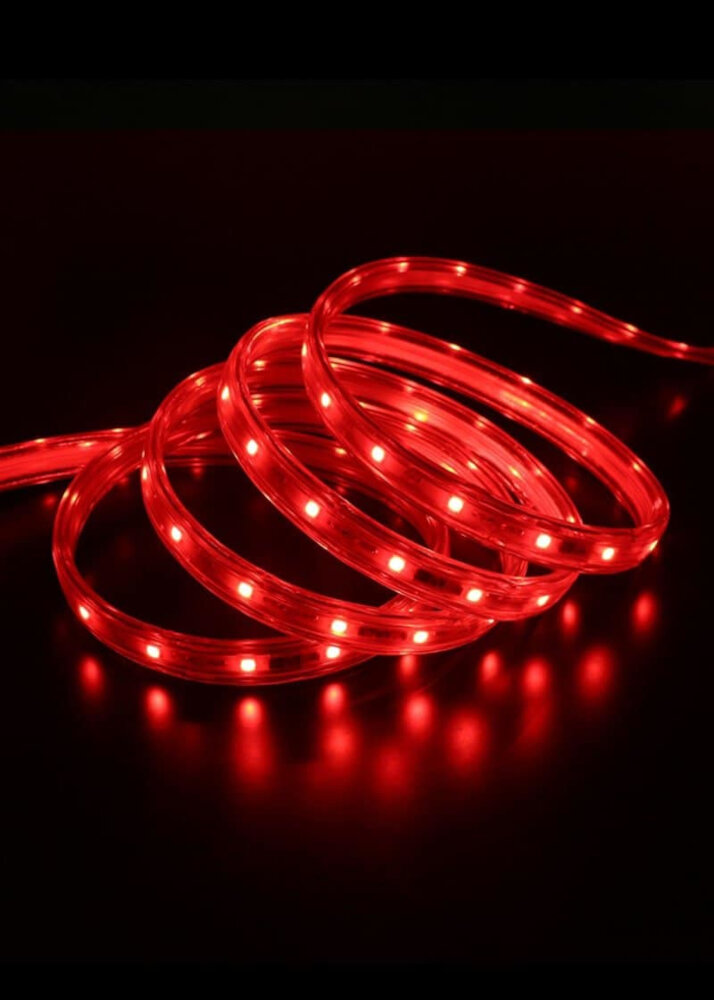Why LED Ceiling Lights Flicker and How to Fix Them: A Comprehensive Guide

When it comes to lighting up our homes, LED ceiling lights have become a popular choice for their energy efficiency and long lifespan. However, despite their many benefits, LED lights can sometimes flicker, causing inconvenience and discomfort. Flickering lights can be a nuisance, especially if you spend a lot of time in the affected room. Fortunately, there are several reasons why LED ceiling lights flicker, and in this comprehensive guide, we will explore the causes, effects, and solutions to this common problem. The flickering of LED ceiling lights can be caused by various factors, including electrical issues, incompatible dimmer switches, or manufacturing defects. Understanding the root cause of the flickering problem is critical in fixing it, and that’s what we aim to achieve in this guide. We will delve into the various scenarios that cause flickering, including when the lights turn on, when they are dimmed, and when they remain on. As we explore the causes and solutions, we will highlight the importance of seeking professional help when necessary and the safety measures to take when dealing with electrical issues.
LED ceiling lights are a modern and energy-efficient lighting option for homes and commercial spaces. They are composed of a semiconductor material that emits light when an electric current is applied. These lights are designed to be mounted on ceilings and can vary in size and shape, providing a sleek and modern look to any space. LED ceiling lights are known for their durability, long lifespan, and low energy consumption, making them a cost-effective lighting solution. They also offer a wide range of color temperatures and brightness levels, allowing for customization to suit any ambiance or preference. However, LED ceiling lights can sometimes flicker, which can be a frustrating issue for users.
Flickering lights can be quite frustrating, especially when you’re trying to read or work in a room. There are several reasons why LED ceiling lights can flicker, including voltage fluctuations, damaged or loose wiring, incompatible dimmer switches, and faulty LED drivers. Voltage fluctuations can occur when the electrical system is overloaded, or when there’s a problem with the power supply. Damaged or loose wiring can cause the connection between the light fixture and the power source to be disrupted, leading to flickering. Incompatible dimmer switches can also cause flickering, as they may not be designed to work with LED lights. Finally, faulty LED drivers, which regulate the amount of power that goes to the LEDs, can also cause flickering.
Voltage Fluctuations and Incompatible Dimmer Switches

Voltage fluctuations and incompatible dimmer switches are two of the most common reasons why LED ceiling lights flicker. Voltage fluctuation occurs when the voltage supplied to an LED ceiling light is not constant, which results in the flicker. This can happen due to a variety of reasons, including electrical problems in the wiring or the power supply, or when multiple devices are connected to the same power source. To fix this issue, you can install a voltage stabilizer or regulator which will help regulate and maintain a constant voltage supply to your LED ceiling lights. Additionally, hiring an electrician to inspect and fix any electrical problems in your home can also help prevent voltage fluctuations. Incompatible dimmer switches can also cause LED ceiling lights to flicker. Dimmer switches are designed to control the brightness of a light, but not all dimmer switches are compatible with LED lights. This is because traditional dimmer switches are designed to work with incandescent bulbs, which have a different electrical load than LED lights. As a result, when an incompatible dimmer switch is used with LED lights, it can cause flickering or even damage the LED lights. The solution to this problem is to replace the incompatible dimmer switch with a compatible LED dimmer switch, which is designed to work specifically with LED lights. By doing so, you can enjoy a flicker-free and smooth lighting experience in your home.
Voltage fluctuations are variations in the electrical potential of a power supply, which can cause LED ceiling lights to flicker. These fluctuations can be caused by a number of factors, including changes in the demand for electricity, faulty wiring or connections, and even the weather. They can have a range of effects on electrical devices, from minor flickering to more serious damage or malfunction. To address voltage fluctuations, it is important to first identify the underlying cause, which may require the assistance of a professional electrician. Once the cause is determined, solutions such as installing a voltage stabilizer or replacing faulty wiring can help to mitigate the issue and ensure that LED ceiling lights operate smoothly and without flickering.
One of the most common reasons for LED ceiling lights to flicker is due to dimmer switch incompatibility. Traditional dimmer switches are designed to work with incandescent bulbs, which require a higher amount of electrical current to function properly. LED lights, on the other hand, require much less current and may not work well with traditional dimmer switches. This incompatibility can cause flickering, buzzing, and even damage to the LED lights. To fix this issue, it is important to replace the traditional dimmer switch with a dimmer switch that is specifically designed for use with LED lights. This will ensure that the LED lights receive the correct amount of current and eliminate any flickering or buzzing.
Voltage fluctuations are a common issue that can cause LED ceiling lights to flicker. However, there are several solutions to this problem. Firstly, installing a voltage stabilizer can help regulate the voltage supplied to the lights, ensuring they receive a consistent power supply. Secondly, replacing the existing wiring with thicker wires can also help reduce voltage drops and fluctuations. Additionally, checking and repairing any loose connections in the wiring can also help resolve the issue. It is important to note that voltage fluctuations can also be caused by external factors such as power surges or lightning strikes, and in such cases, it is recommended to install surge protectors or lightning arrestors to protect the lights. Overall, by implementing these solutions, one can ensure that their LED ceiling lights operate smoothly without any flickering or voltage-related issues.
Incompatible dimmer switches can cause flickering in LED ceiling lights, but there are several solutions to this problem. Firstly, you can replace the dimmer switch with one that is specifically designed for LED lights. This will ensure that the switch is compatible with the lower wattage and different technology used in LED lights. Alternatively, you can install a bypass device, which works by regulating the electricity flow to the lights and preventing flickering. Another option is to replace the LED lights with those that are dimmer compatible, as some brands offer lights that are specifically designed to work with dimmer switches. Overall, there are several solutions to incompatible dimmer switches, and it’s important to choose the one that is most suitable for your specific situation.
Loose Wiring and Poor Connections

Loose wiring and poor connections are among the most common causes of LED ceiling lights flickering. This issue arises when the electrical contacts between the light fixture and the power source are not secure or stable enough. As a result, the flow of electricity can become disrupted, causing the LED lights to flicker or even turn off altogether. Loose wiring and poor connections can be caused by a variety of factors, including improper installation, wear and tear, and damage caused by external factors such as moisture or temperature fluctuations. To fix this issue, it is important to carefully inspect the wiring and connections between the light fixture and the power source. If any loose wires or connections are found, they should be tightened or replaced as necessary. In addition to causing LED ceiling lights to flicker, loose wiring and poor connections can also pose a safety hazard. If left unchecked, these issues can eventually lead to electrical fires or other dangerous situations. Therefore, it is crucial to address any issues related to loose wiring and poor connections as soon as possible. This may involve hiring a professional electrician to inspect and repair the wiring, or it may require a DIY approach for those with the necessary skills and experience. Regardless of the approach taken, it is important to prioritize safety and take all necessary precautions when working with electrical systems.
Loose wiring is a common cause of flickering LED ceiling lights. When the wiring connections are not properly secured, they can vibrate and move, interrupting the flow of electricity. This can cause the light to flicker or even turn off entirely. Loose wiring can occur at any point in the electrical circuit, from the light fixture itself to the switch or outlet that controls it. It’s important to address loose wiring as soon as possible, as it can pose a fire hazard and cause electrical damage if left unchecked. A qualified electrician can diagnose and repair loose wiring issues to ensure that your LED ceiling lights function properly and safely.
One of the most common causes of flickering LED ceiling lights is a poor connection. A poor connection can result from several factors, including loose wiring, faulty sockets, or improper installation. When the connection is weak, the flow of electricity to the LED bulb is interrupted, causing the light to flicker or dim. To fix a poor connection, it is important to identify the root cause of the problem. This may involve checking for loose wires, tightening connections, or replacing faulty sockets. Proper installation of the LED ceiling lights is also crucial to avoid poor connections. It is advisable to seek the services of a qualified electrician to ensure that the installation is done correctly and to prevent future problems.
Loose wiring is one of the common reasons why LED ceiling lights flicker. To solve this problem, you need to check the connections of the wiring. Turn off the power source, and remove the cover of the light fixture to inspect the wiring. Check if there are any loose connections or damaged wires. If there are any loose wires, use a wire stripper to remove the damaged part and strip the wire. Then, connect the wires tightly and securely. It is also recommended to use wire nuts to secure the connections. After fixing the wiring, replace the cover and turn on the power source to test if the flickering has stopped.
Poor connections are a common cause of flickering in LED ceiling lights. Fortunately, there are several solutions to this issue. First, check the wiring connections to ensure they are tight and secure. Loose connections can cause a flicker because they disrupt the flow of electricity. Additionally, consider replacing old or damaged wiring that may be causing the issue. Another solution is to install a voltage stabilizer or surge protector to regulate the flow of electricity and prevent flickering. Finally, if none of these solutions work, consider consulting an electrician who can diagnose and fix the issue. By addressing poor connections, you can enjoy a stable and reliable LED lighting system in your home or office.
Overloading and Overheating

Overloading and overheating are two of the most common reasons why LED ceiling lights flicker. Overloading occurs when the electrical load exceeds the capacity of the wiring or the circuit breaker. This can happen when too many lights or appliances are connected to a single circuit. When the circuit is overloaded, the voltage drops, causing the LED lights to flicker. Overloading can also damage the wiring or the circuit breaker, leading to more serious electrical problems. On the other hand, overheating occurs when the temperature of the LED light fixtures exceeds the recommended level. This can happen because of poor ventilation or insulation, or because of the proximity of the LED lights to other heat sources like furnaces or ovens. Overheating can damage the LED lights themselves, shortening their lifespan and causing them to flicker. It can also be a fire hazard, as overheated wiring or light fixtures can ignite nearby combustible materials. Therefore, it is essential to ensure that LED ceiling lights are properly installed and ventilated to prevent overheating and other electrical problems.
Overloading refers to a condition where the electrical circuit is forced to handle more current than it is designed to carry. This can occur when too many LED ceiling lights are connected to a single circuit, causing the circuit to become overloaded and leading to flickering or dimming of the lights. Overloading can cause damage to the LED lights, as well as other electrical components connected to the circuit. To avoid overloading, it is important to calculate the total wattage of the LED lights and ensure that it does not exceed the maximum load capacity of the circuit. Additionally, installing a dedicated circuit for the LED lights can help prevent overloading and ensure that they operate smoothly and without flickering.
Overheating is a common issue that may cause LED ceiling lights to flicker. When LED lights are used for an extended period, they generate heat. If the heat is not dissipated efficiently, it may cause the LED light to overheat, leading to flickering. Overheating may also be caused by poor ventilation, incorrect installation, or the use of incompatible dimmer switches. The flickering of LED ceiling lights due to overheating is not only annoying but may also result in reduced lifespan of the LED bulbs. Therefore, it is essential to identify and fix the cause of overheating to prevent LED ceiling lights from flickering.
One of the common problems with LED ceiling lights is flickering caused by overloading. The solution to this problem is to reduce the load on the circuit by adding more circuits or reducing the number of lights on the existing circuit. Another solution is to replace the circuit breaker with a higher amperage rating or replace the wiring with a larger gauge wire. Additionally, replacing the LED driver with a higher wattage rating can also help to prevent overloading and flickering. It’s important to address overloading issues as soon as possible to ensure the safety and longevity of your LED ceiling lights.
Overheating is a common issue when it comes to LED ceiling lights, and it can be caused by various reasons such as poor ventilation, incorrect wattage, or faulty connections. Fortunately, there are several solutions that can help alleviate this problem. First and foremost, it is recommended to ensure proper ventilation by leaving enough space between the light fixture and the ceiling or installing a fan to keep the air flowing. Additionally, using the correct wattage bulbs and avoiding overloading the circuit can prevent overheating. Finally, checking for loose connections and repairing or replacing any faulty parts can also reduce the risk of overheating. By implementing these solutions, you can enjoy the benefits of LED ceiling lights without having to worry about flickering or overheating.
Other Possible Causes of Flickering LED Ceiling Lights

Apart from the common reasons for flickering LED ceiling lights, such as incompatible dimmer switches and voltage fluctuations, there are several other possible causes that may lead to this annoying issue. One such cause is the presence of electromagnetic interference (EMI). EMI is a type of electrical noise that can affect and interfere with the performance of electronic devices, including LED lights. Common sources of EMI include radio waves, cell phone signals, and electrical appliances. If your LED ceiling lights are flickering and you suspect EMI to be the cause, you can try relocating the lights away from the source of interference, adding EMI filters to the circuit, or using shielded cables. Another possible cause of flickering LED ceiling lights is a faulty LED driver. The LED driver is an essential component that regulates the power supply to the LED lights. If the driver is damaged or malfunctioning, it can cause the lights to flicker or even fail completely. Signs of a faulty LED driver include flickering lights, inconsistent brightness, and buzzing or humming sounds. To fix this issue, you may need to replace the driver with a new one or seek the help of a professional electrician to diagnose and repair the problem.
Flickering lights can also be caused by other factors. One common cause is voltage fluctuations or power surges in the electrical system. This can occur when large appliances, such as air conditioners or refrigerators, turn on and off. Another possible cause is a faulty bulb or fixture. If the bulb is loose or damaged, it can cause the light to flicker. Additionally, outdated or faulty wiring can also lead to flickering lights. This is especially true in older homes where the electrical system may not be able to handle the demands of modern technology. In some cases, flickering lights may also indicate a more serious electrical issue, such as a short circuit or overloaded circuit.
Aside from the LED light bulbs themselves, there are other causes of flickering lights that should be addressed. One solution is to check the wiring connections and ensure that they are properly grounded. Loose connections can cause voltage fluctuations, resulting in flickering lights. Another solution is to replace the light switch with a dimmer switch that is compatible with LED lights. Dimmer switches regulate the amount of electricity flowing to the light bulb and can prevent flickering. Additionally, it is important to check the electrical panel and circuit breakers to make sure they can handle the load of the LED lights. Overloaded circuits can cause flickering lights, so upgrading the electrical system may be necessary in some cases. By addressing these other possible causes, you can ensure that your LED ceiling lights remain flicker-free and provide consistent lighting for your home or office.
In conclusion, there are various reasons why LED ceiling lights flicker, including poor electrical connections, incompatible dimmer switches, voltage fluctuations, and damaged LED drivers. Fortunately, there are several solutions to fix these issues, such as tightening loose connections, replacing incompatible dimmer switches, installing voltage stabilizers, and replacing damaged LED drivers. It is essential to identify the root cause of the flickering and apply the appropriate solution to ensure the longevity and optimal performance of LED ceiling lights. With the proper knowledge and tools, anyone can fix LED ceiling lights flickering and enjoy the many benefits of this energy-efficient lighting technology.
In conclusion, fixing flickering LED ceiling lights requires identifying the root cause of the problem and taking the necessary steps to address it. Whether it’s a faulty dimmer switch, incompatible bulbs, or electrical issues, there are various solutions available to ensure your lights work correctly. By following the comprehensive guide provided, you can troubleshoot and fix the flickering issue with ease. Remember to prioritize safety by turning off the power supply before attempting any repairs. With the right tools and knowledge, you can enjoy the benefits of LED lighting without the annoyance of flickering lights.
Conclusion

In conclusion, LED ceiling lights flicker due to a variety of reasons, such as electrical problems, incompatible dimmer switches, or faulty bulbs. However, fixing these issues can be done with relative ease through troubleshooting methods such as checking electrical connections, replacing faulty components, or adjusting dimmer switches. It is important to note that regular maintenance and proper installation of LED ceiling lights can prevent flickering and ensure optimal performance. By following the comprehensive guide provided, homeowners can enjoy the benefits of LED lighting without the nuisance of flickering lights. Ultimately, understanding the causes and solutions for flickering LED ceiling lights can save time, money, and frustration in the long run.




